By Richard A. Gabriel
Contrary to popular belief, the Israelite army that assembled in Jordan in 1400 bc under Joshua’s command for the invasion of Canaan was not a rag-tag rabble of poorly armed fugitive ex-slaves without military experience. Rather, it was a large force led by experienced commanders and equipped with the same weapons found in Egyptian and Canaanite armies of the day. It was highly trained and capable of executing a broad array of tactical maneuvers, including special operations and the ability to take fortified cities by storm. Its commander was a charismatic general, a veteran of many battles who had been a soldier all his life. As he assembled his army at Shittim, Joshua prepared for war with the single-minded determination of a man who felt that he was doing God’s will.
The Israelite Army
Under the militia system established by Moses, all Israelite males over age 20 were conscripted for military service. As described in the Biblical text, Joshua’s army was armed with sickle-swords, long and short spears, simple bows, slings, and shields, the same infantry weapons used by the Egyptian and Canaanite armies. The Israelite column as it departed Sinai was divided into four sections, each subdivided into three sections—the same general organization as an Egyptian army. The column included reconnaissance units, heavy spear infantry, light infantry, archers, and slingers.
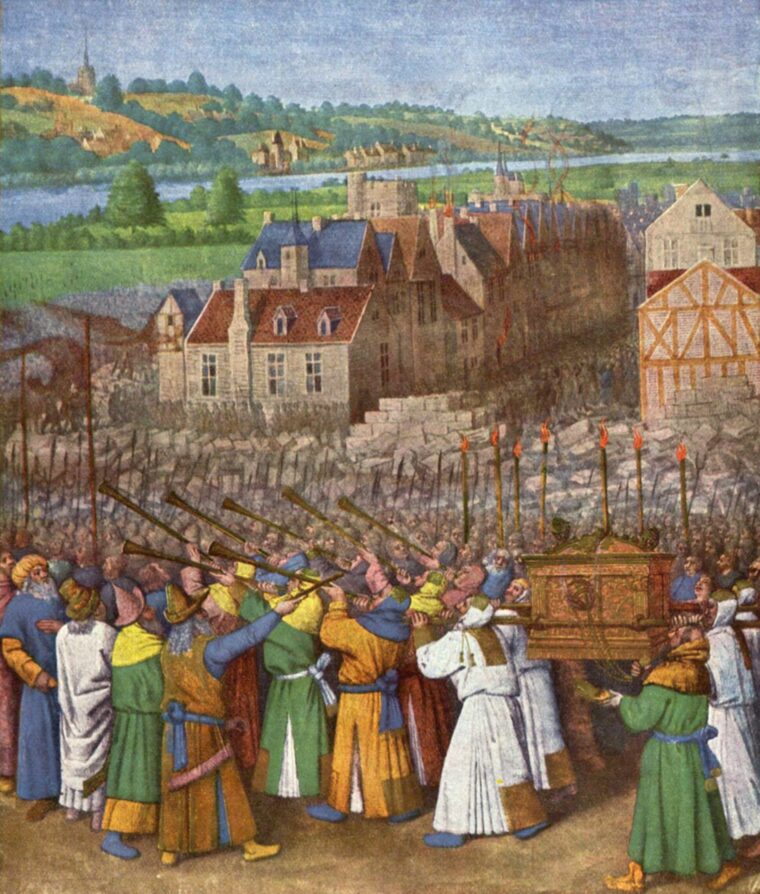
Joshua’s army was composed of melumedey milchamah, or veteran soldiers. The army’s range of tactical maneuvers and operational capabilities was impressive; it included tactical reconnaissance, forced night marches over rugged terrain, ambush, tactical surprise, concentration of forces, enticement, decoys, deception, coordination of divided forces, tactical communication, indirect approaches, feints, diversionary movements, lethal pursuit, and storming fortified cities.
After Infiltrating Jericho, Joshua Crosses the Jordan
Having been ordered to begin the invasion of Canaan, Joshua sent two spies to conduct a reconnaissance of the objective before committing the army to cross the Jordan River. Once inside Jericho, the scouts rested at the house of a prostitute named Rahab. The choice of locations was sound spy craft. Not only were such places ready sources of loose talk, but they were one of the few locations inside a small city where strangers could appear without raising questions. Nevertheless, the king of Jericho’s counterintelligence agents detected the spies’ presence the night they arrived, and the king demanded that Rahab turn over the spies. Rahab lied to the king’s agents, telling them that the Israelites had left the city around dusk when, in fact, she had hidden them on her roof. In return for her cooperation, the Israelites agreed to spare Rahab and her family when Jericho was attacked.
Jericho’s inner and outer walls were made of casement and divided by cross chambers that could be filled with rubble for strength or left unfilled and used for apartments, storage rooms and stables. Rahab’s house was located in the outer wall. Before escaping, the Israelite spies instructed Rahab to tie a crimson cord to her window so that the Israelites attacking the town would know that Rahab’s house and its occupants were to be spared the slaughter. The scouts returned to Shittim and informed Joshua of the low state of morale in Jericho. Convinced that he held the psychological advantage, Joshua ordered the army to prepare to cross the Jordan.
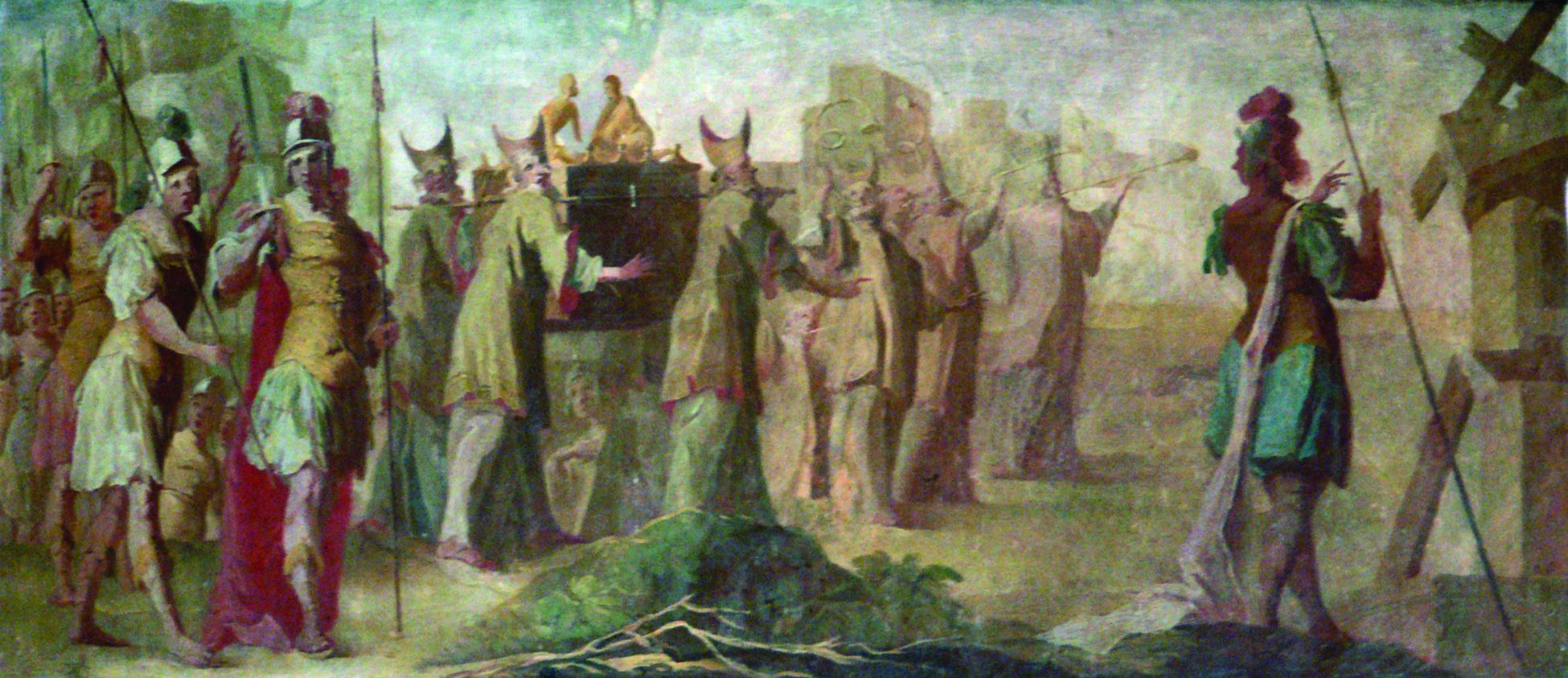
Three days later, Joshua gave the order to attempt the crossing. He ordered his priests to take up the Ark of the Covenant and lead the people to the river bank. Even at full flood, the river is little more than a wide stream, never more than 90 to 100 feet across, its channel usually no more than 10 feet wide, meandering from bank to bank. Placing a line of large stones upstream, the Israelites constructed a platform of rocks along the river’s bottom by piling one stone atop another until the bridge was wide and long enough to cross the ford.
Joshua was concerned about the stones left behind in the river. After the crossing, he instructed one man from each of the 12 tribes to go to where the priests stood on dry land in the middle of the Jordan and carry the stones to Gilgal, the next place of encampment, where he placed them in a sacred circle. Other men were sent back to the river to gather more stones for a platform within the circle upon which the Ark of the Covenant was placed. Joshua’s order to remove the stones seems to have been intended to destroy the crossing point into Canaan and to convey the message to his own forces that there was no turning back.
The Daily Encirclements Jericho
On the eve of the attack on Jericho, Joshua made his own reconnaissance before the battle. Then he had the army form a column with an armed guard before and behind the priests carrying the Ark of the Covenant and march once around the city in complete silence. The silent march was repeated for six consecutive days. At daybreak on the seventh day, the column assembled again and began its now familiar march. This time, however, it marched around the city seven times. On the seventh circuit, according to the Biblical account: “The priests blew the trumpets. When the people heard the sound of the trumpets, the people gave a tremendous shout. The wall collapsed on the spot. The people went up into the city, every man straight ahead, and took the city.”
The Biblical story of the fall of Jericho, when analyzed from a military perspective, reveals Joshua’s brilliant tactical mind. The text uses the Hebrew term sabbotem to describe the movement of the column at Jericho. Taken in context, the term does not mean “to march around,” but more precisely “to encircle.” It is unclear if the column marched around the city or if the city was simply encircled by the Israelite army. Jericho was fortified by about 900 feet of perimeter wall. If the Israelite army of 8,000 men encircled Jericho, it did so in a formation where each man occupied two feet of ground in a phalanx six men deep.
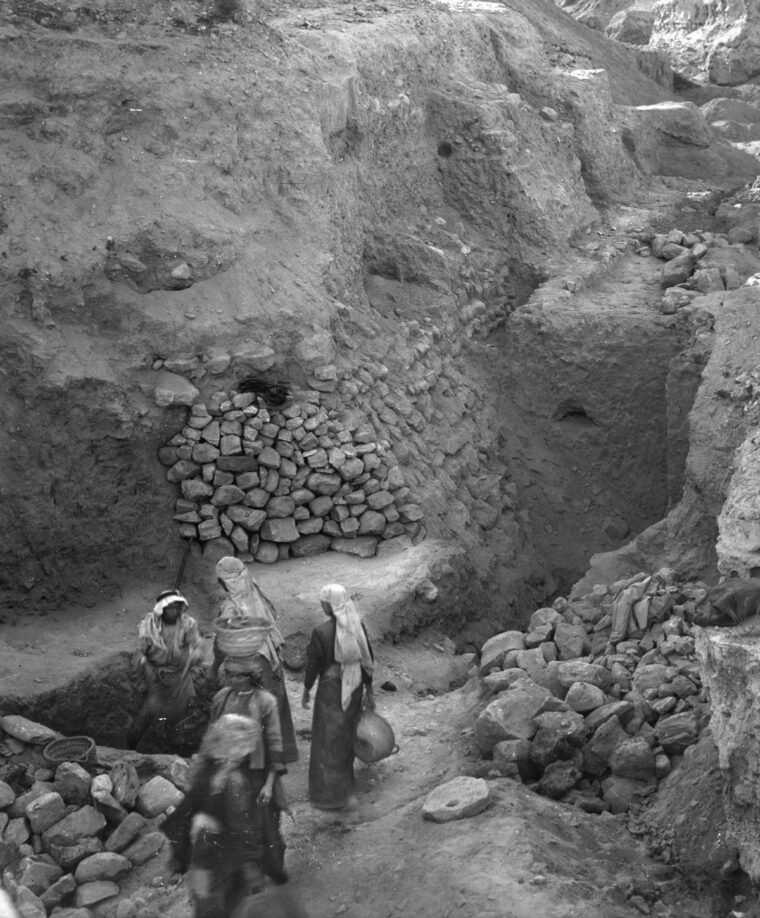
But why did Joshua order the army to appear each day and encircle the city, presumably standing silently in place for hours only to withdraw to its camp each night without attacking? The answer may be that Joshua was attempting to weaken the will of the enemy by playing upon the fear and uncertainty that the Israelite scouts had reported earlier. Jericho’s defenders had refused to engage him at the Jordan, when they would have had the tactical advantage. Nor did they attack when he was camped at Gilgal. When Joshua moved into position to attack the city, he found it shut up tight. The enemy commander had shown himself to be timid and nonaggressive. Joshua’s repeated encirclement at Jericho was designed to increase the enemy commander’s uncertainty and to heighten fears within the garrison.
What Brought Down the Walls of Jericho?
In the end, of course, the city still had to be taken by force. If we do not take the text literally that “the walls collapsed on the spot,” and understand it to mean merely that resistance suddenly collapsed, then what did Joshua do to make the resistance collapse so suddenly? The large Israelite army assaulting a small city of only 500 defenders could easily have overcome the walls with scaling ladders at any time during the six days. Why, then, did Joshua wait until the seventh day?
Part of the answer was to weaken the resolve of the defenders. But another reason had to do with Rahab the prostitute. When the Israelite scouts left Rahab, they had instructed her to “tie this length of crimson cord to the window through which you let us down.” Tied to the window, the crimson cord would only be visible from outside the city wall, making it useless as an indicator of the location to Israelite soldiers ravaging the city from inside the walls. The crimson cord marked the window through which elite Israelite troops could enter the city undetected. The dust and confusion caused by the Israelite army as it marched around the city was a distraction to permit small numbers of Israelite special-operations troops to enter the city through Rahab’s window. A few men at a time could have climbed up into Rahab’s house using the army’s demonstration outside the wall as a distraction. Once inside the house, the men waited for the signal to strike.
When the great roar from the army accompanied by the blast of the trumpets signaled the start of the Israelite attack, the special forces went into action. When the infiltrators emerged from their hiding place, they attacked the main gate from the inside, overpowered the guard, and threw it open to the sudden rush of the attacking Israelite army. They then cleared a section of the wall in short order, making it easy for the troops below to scale it with their ladders. With similar attacks occurring all along the perimeter wall, a considerable number of troops could have successfully scaled the cleared wall in a matter of minutes. The defense collapsed quickly, perhaps tempting the Biblical author to employ the metaphor that “the walls collapsed on the spot.”
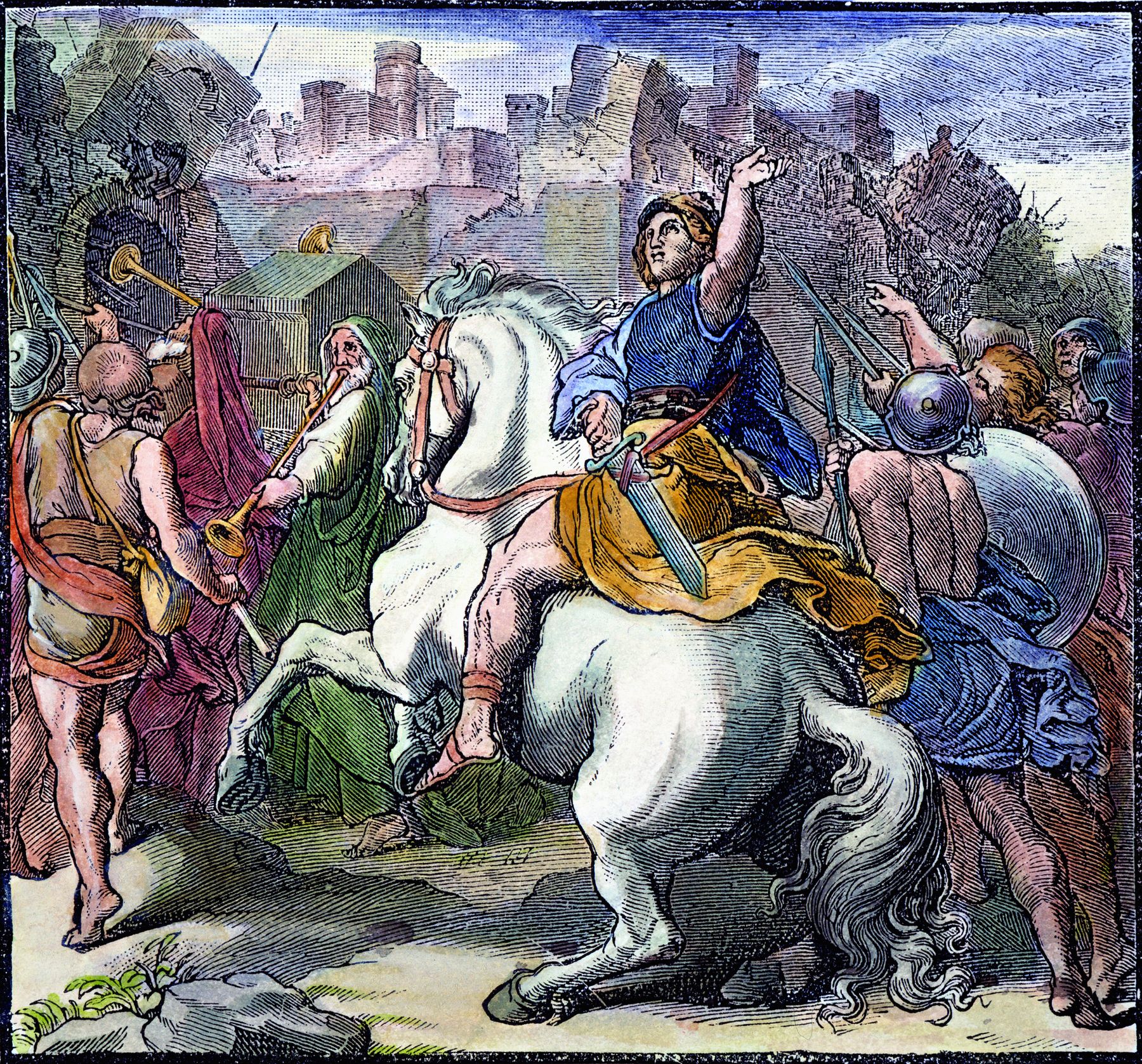
Why Did Joshua Destroy Jericho?
Jericho was the first Israelite objective in Canaan, and Joshua put the city to the sword, commanding his troops to slay “everything that breathed.” Men, women, children, and animals were killed on the spot and the city was burned to the ground. But was there a valid military reason to destroy Jericho? The answer is concealed in the more fundamental question: Why attack Jericho at all? Perhaps it was because Jericho commanded the approaches to the central Judean highlands that were Joshua’s ultimate objective. But it is inaccurate to say that Jericho commanded the approaches to the central Judean ridge.
There were several approaches north and south of the city that Joshua could have used. With its modest size and small garrison, Jericho would have presented no significant threat to the Israelite rear, even if it had been bypassed. Why go through the trouble of attacking a city that was not going to be used for Israelite resettlement?
Part of the reason was hygienic. In ancient times Jericho already had a reputation for being an unhealthy place. Its water supply depended on a single well, Elisha’s Well, located below the city. Archaeological investigations have uncovered evidence of bulinus truncatus in its water, the tiny snail that carries the parasite for schistosomiasis, or “snail fever,” which is still endemic to Egypt and Iraq. This prompted Joshua to place a curse on the city and anyone who attempted to rebuild it.
But if Joshua knew that Jericho was a pesthole and did not intend to settle Israelites there, why attack it at all? The reason was psychological. Joshua’s was a war of extermination, and Jericho was destroyed with utter ruthlessness to strike fear in the minds of the rulers and inhabitants of other cities that Joshua planned to attack. By any military calculation, Jericho was a “soft” target. It was attacked and destroyed as part of Joshua’s campaign of psychological warfare to terrify his enemies. Jericho was the first battle fought on Canaan’s soil, and Joshua wanted to make certain that the first combat in the Promised Land was a success. Nothing so excites an army as a successful bloodletting, and nothing rattles the nerve of one’s enemies like a bloody example of the gruesome fate that awaits them as well. In these respects, Joshua demonstrated his intuitive understanding of the psychology of war and provided a textbook example of how to use special forces successfully.
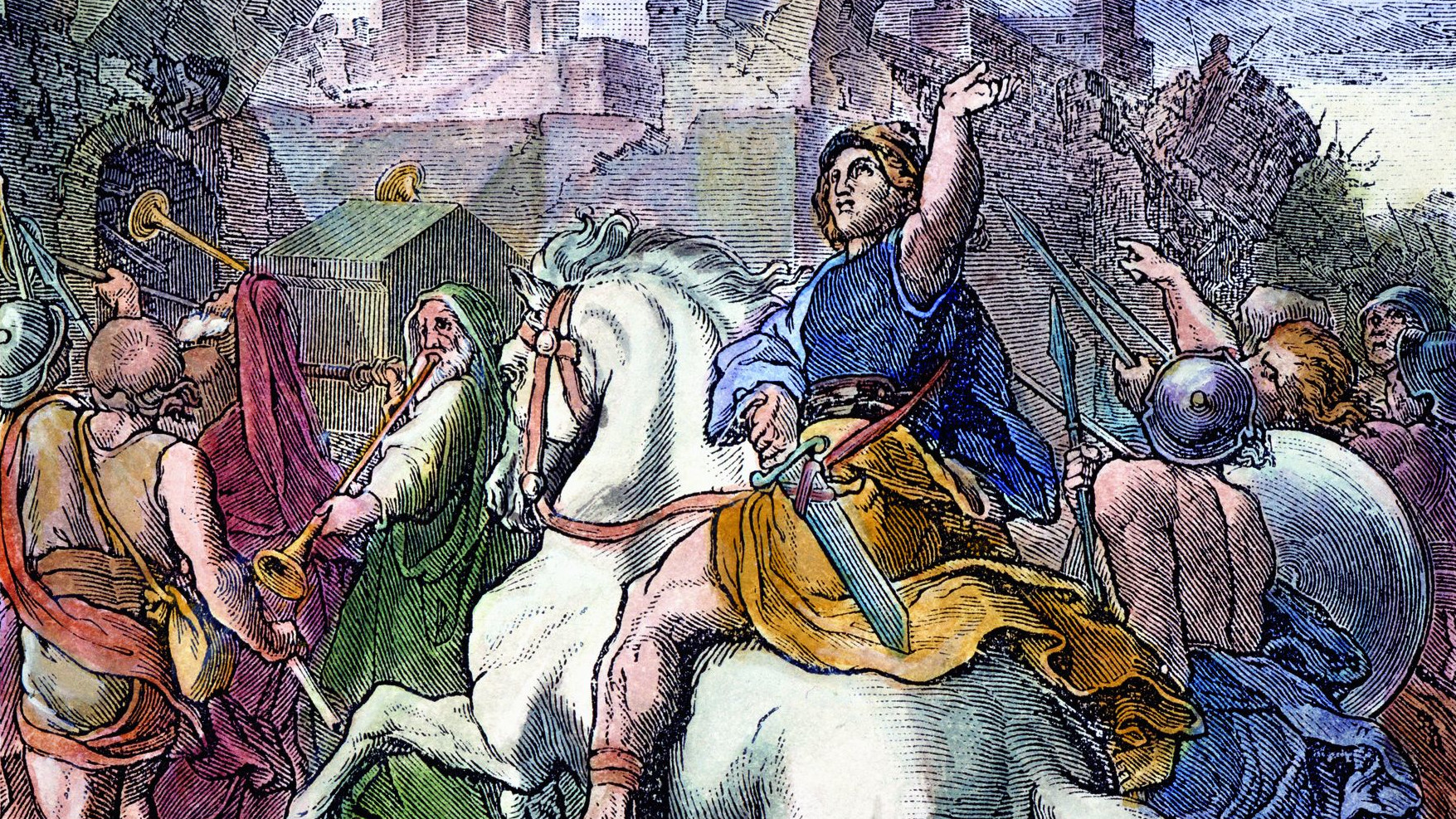
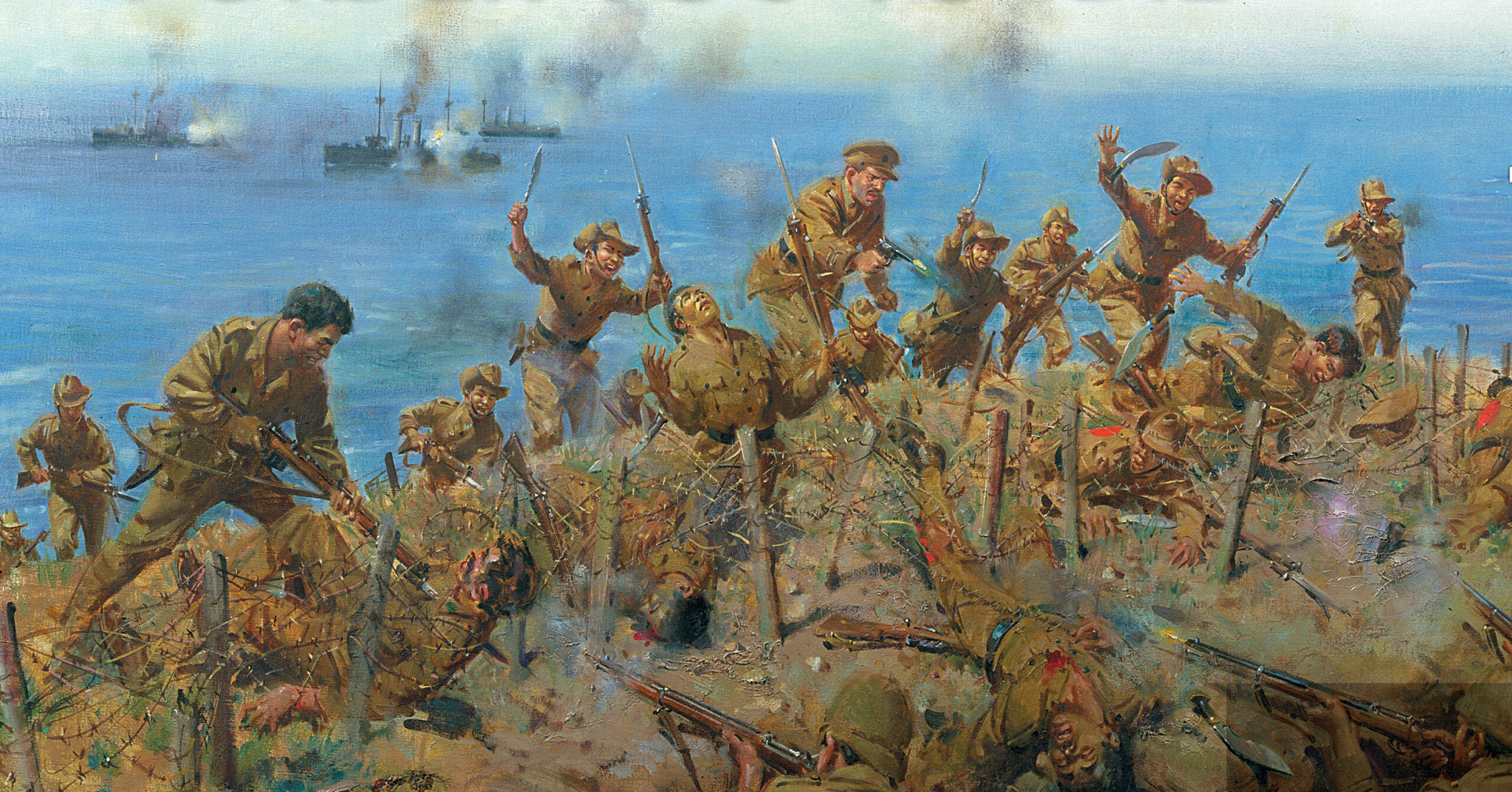
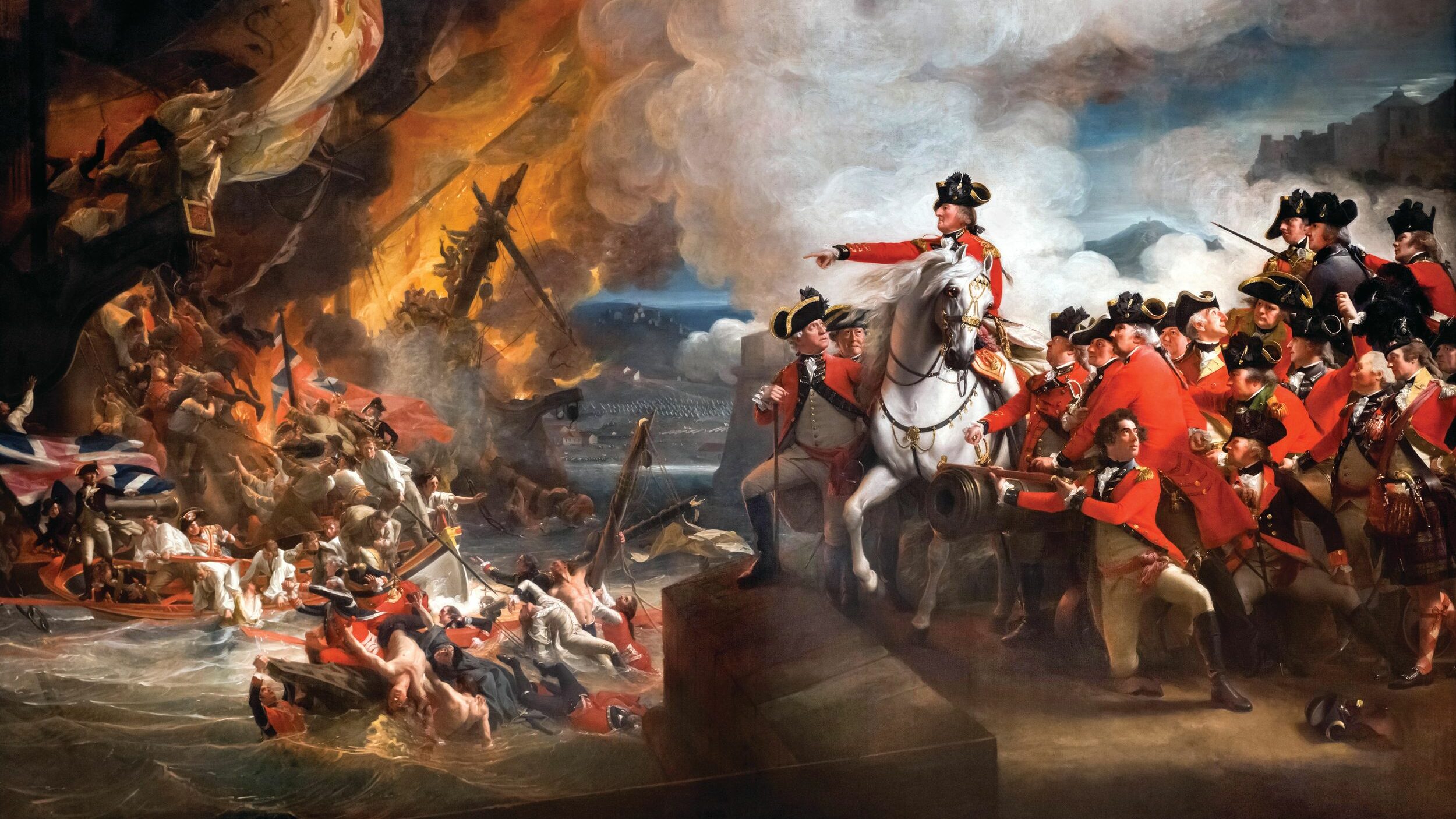
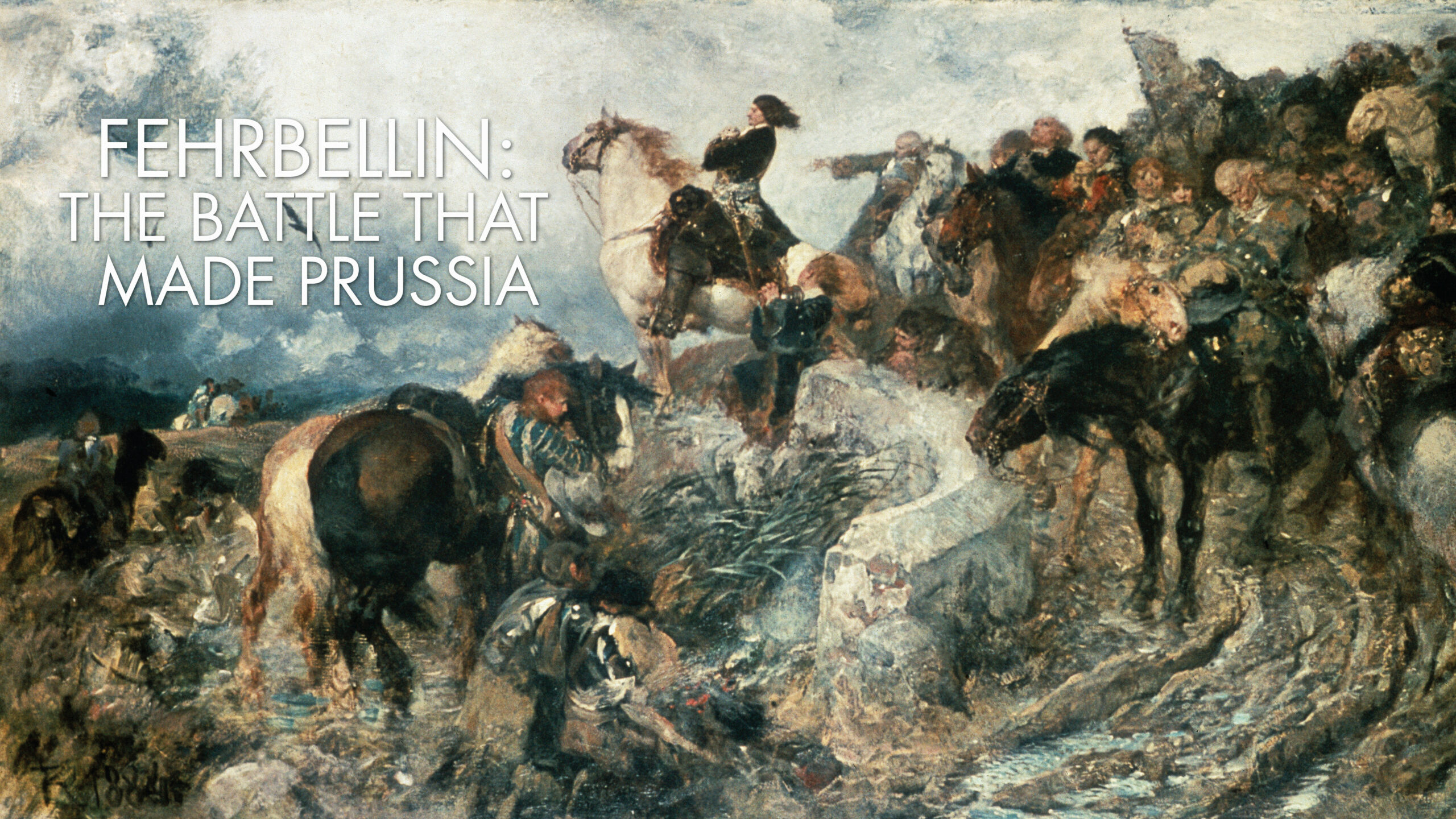
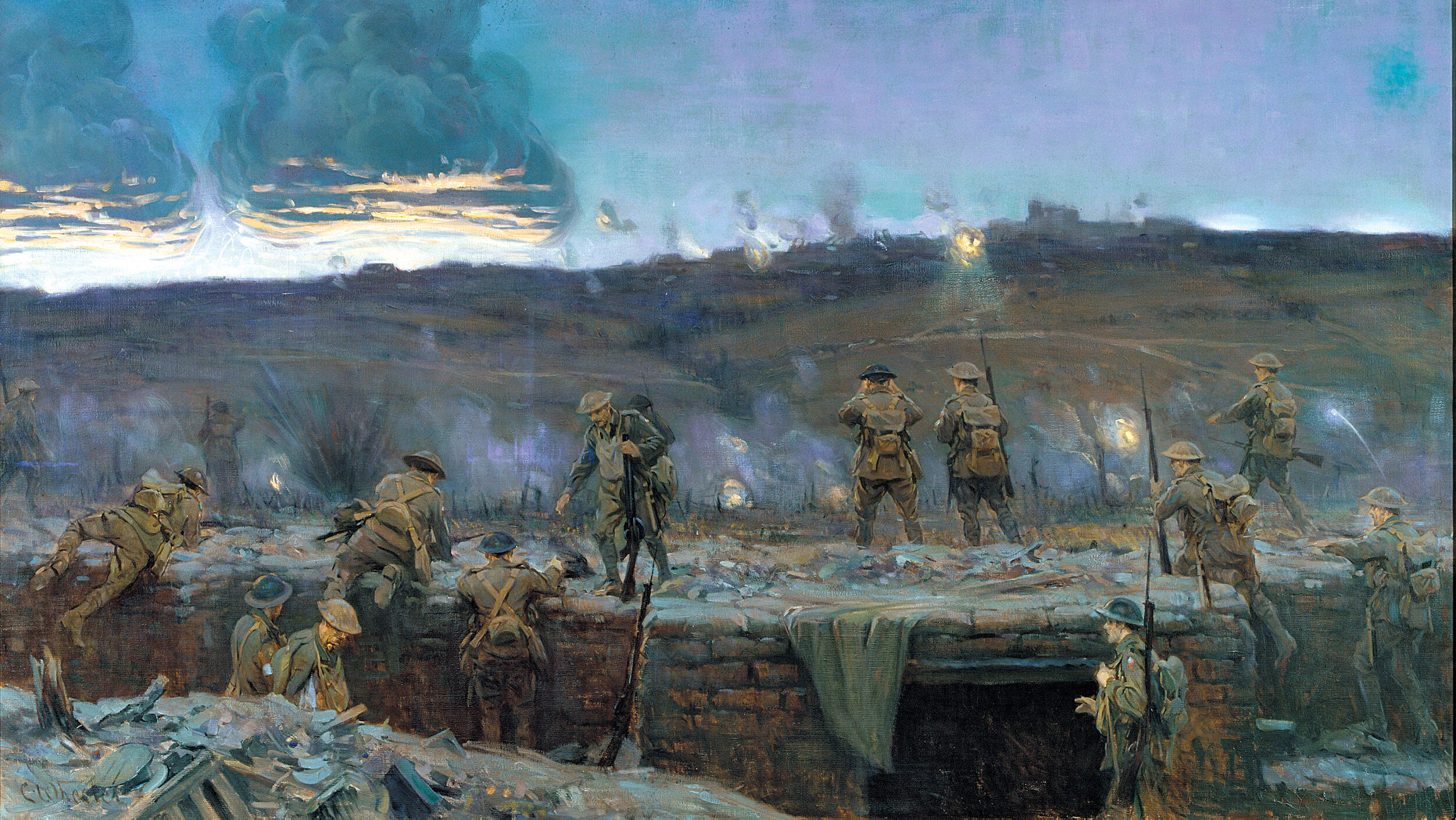
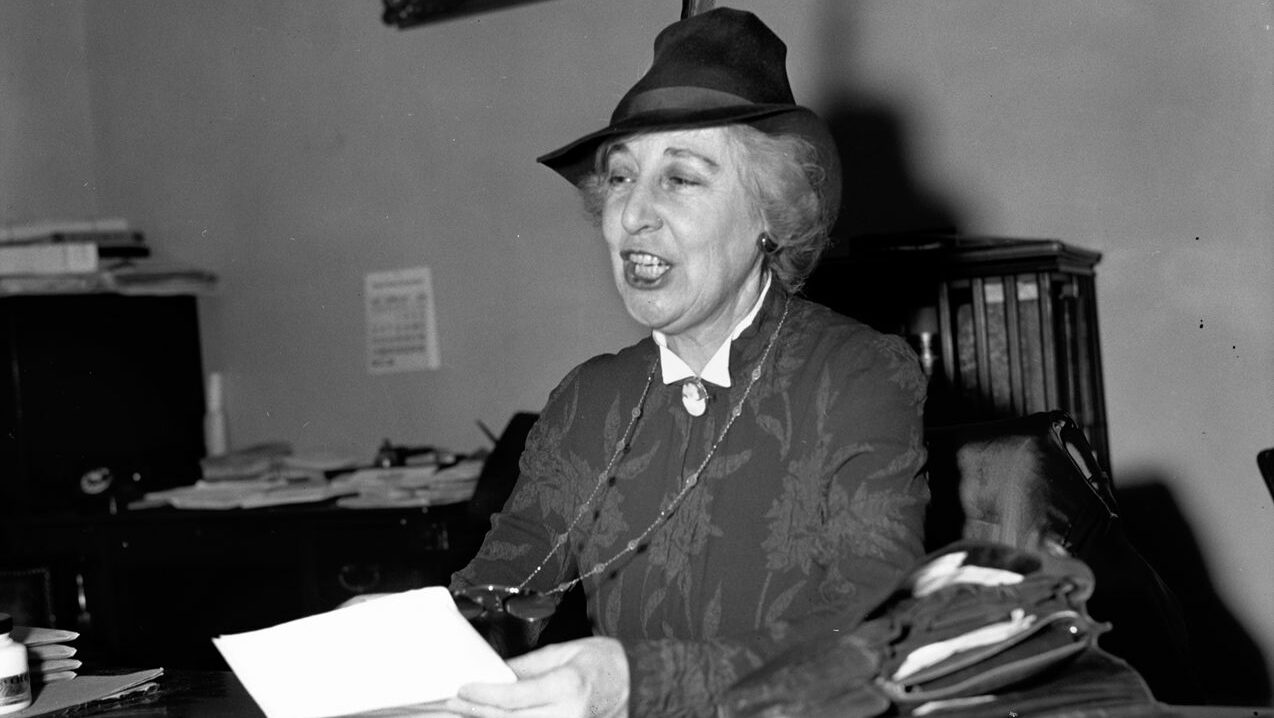
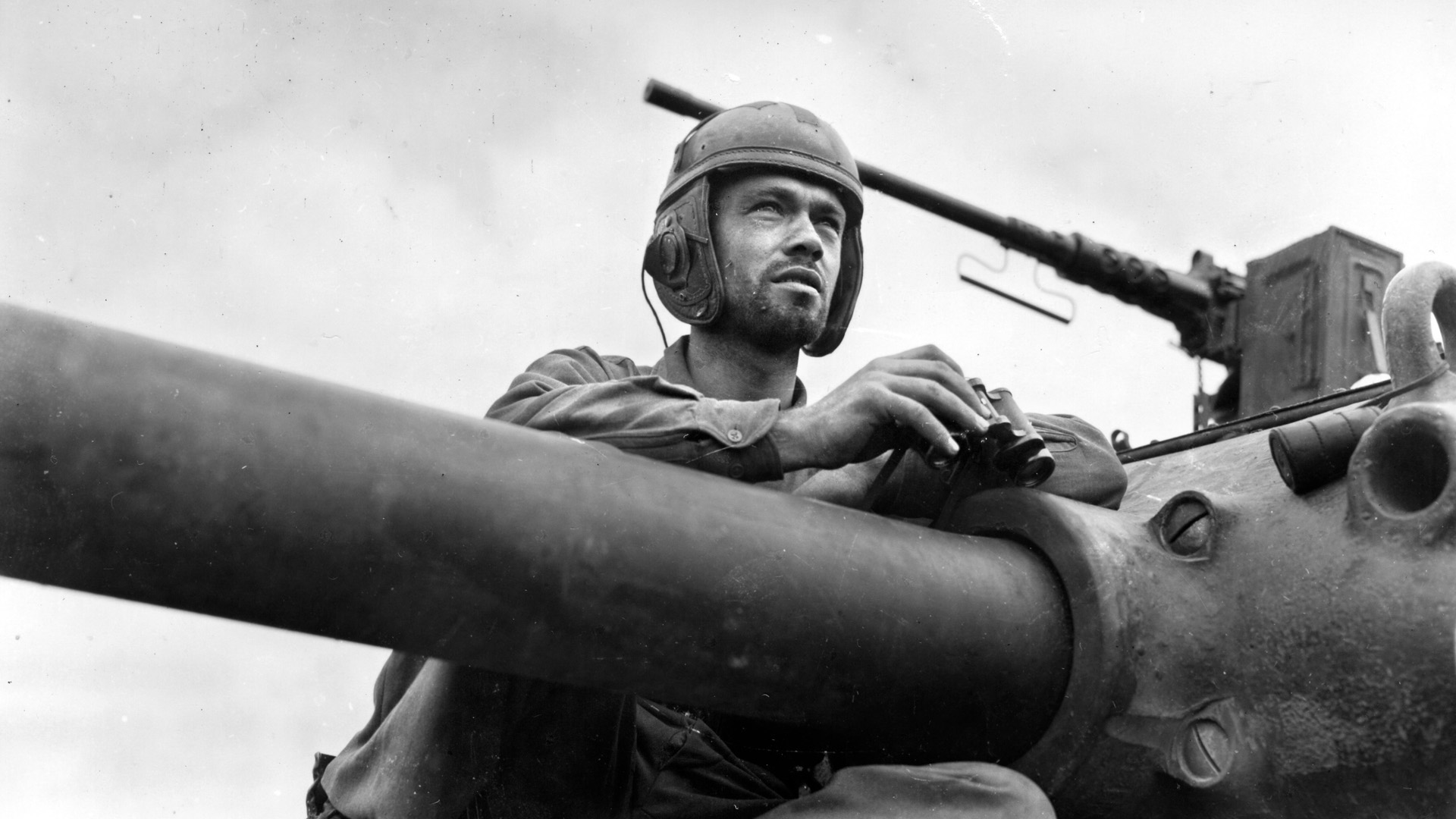
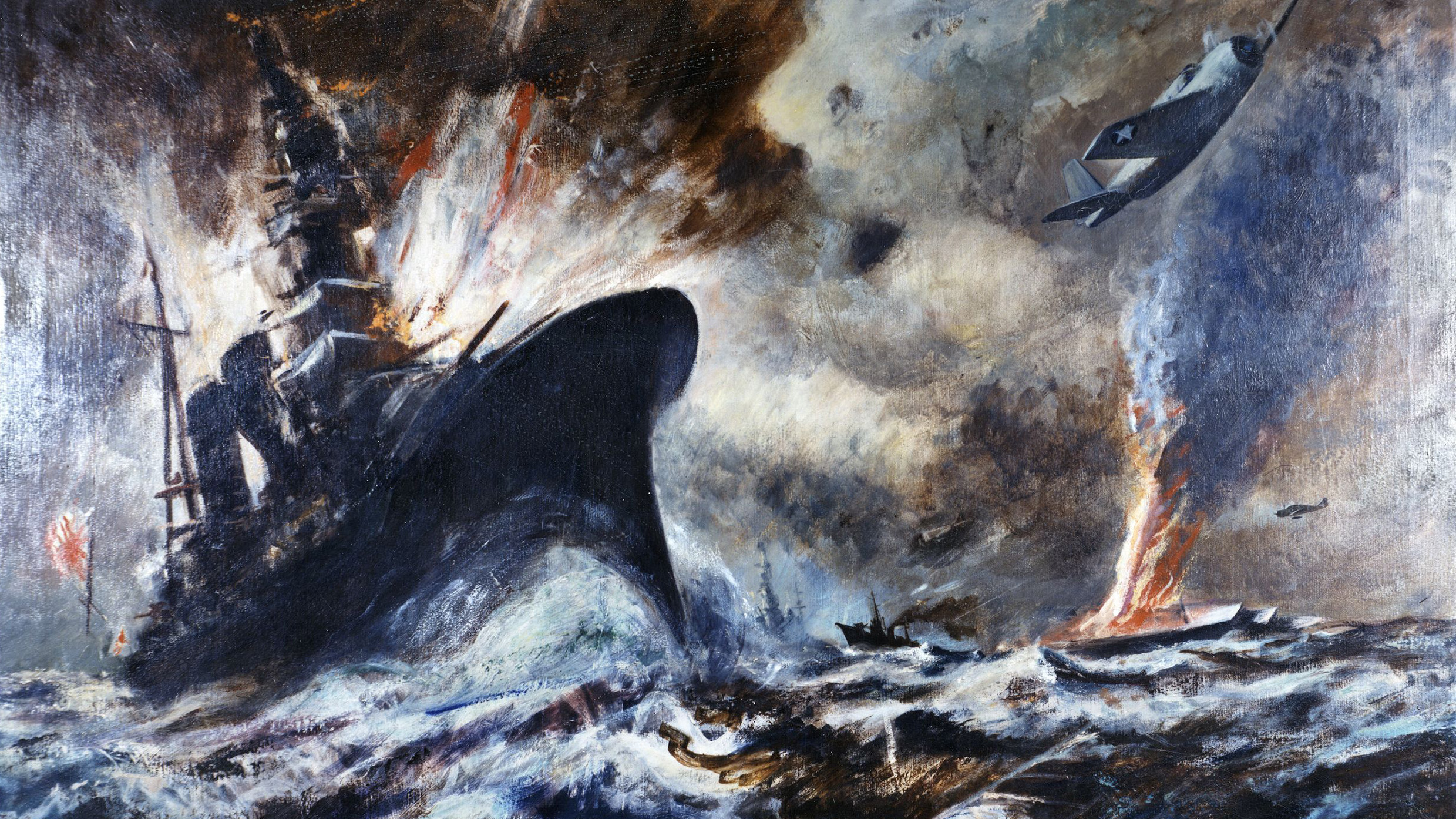
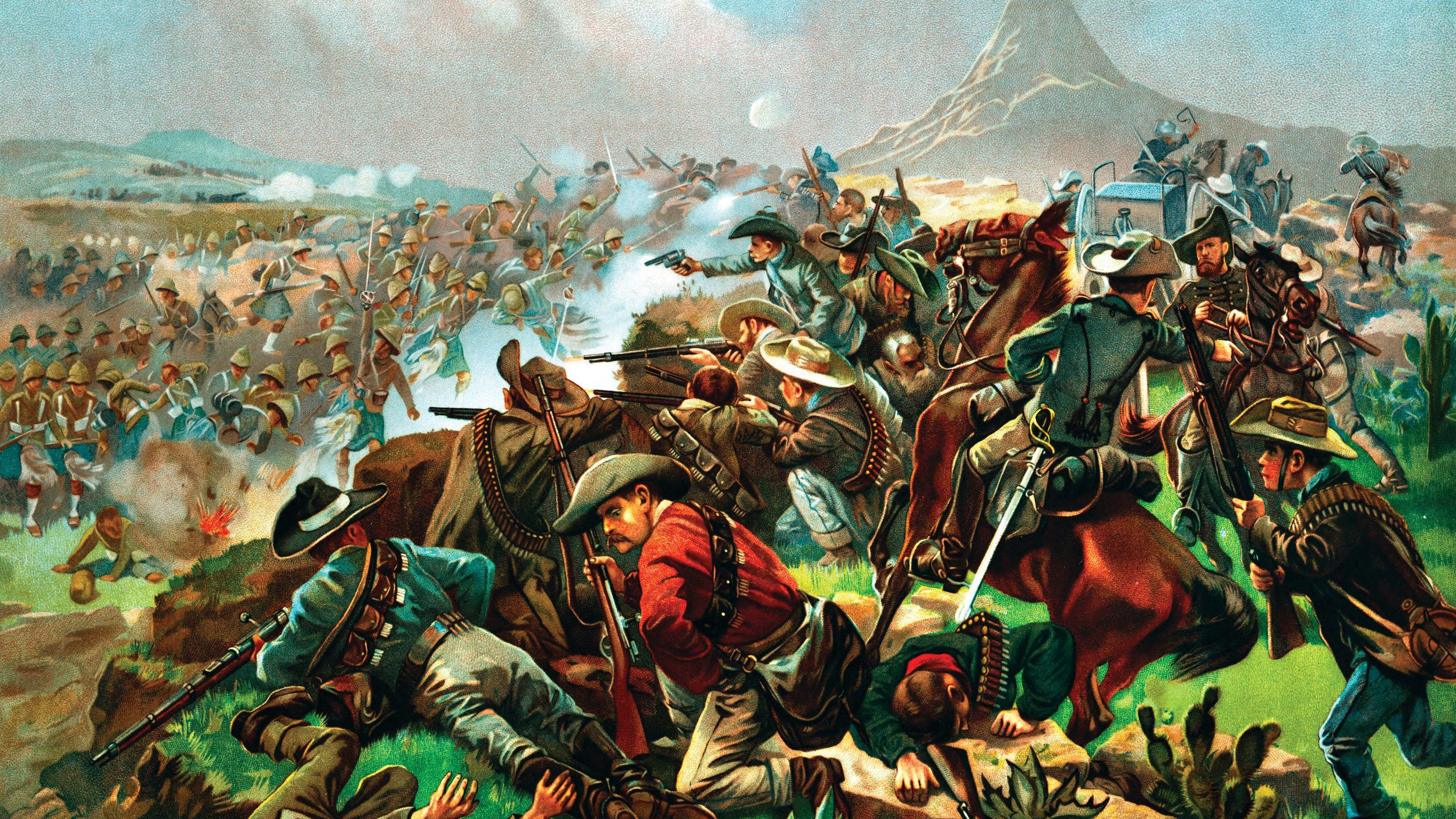
The Israelites are said to have wandered around in the desert for 40 years after escaping a several generations-long slavery. How could they arrive at the Canaans border as a veteran body of soldiers led by a wily and experienced commander? And from where did they get their weapons? Which fortified cities had they been storming?
You are so right. From grumbling in the wilderness, often longing for Egypt, suddenly a battalion of NAVY SEALS, RANGERS, AND GREEN BERETS…WTH…
According to Bible, They fought numerous battles whilst wandering in the wilderness, The Amalekites and Canaanites at least twice, winning once, and losing once, within a couple years of leaving Egypt. They battled the Canaanites again under their King Arad, where they destroyed the cities of the Canaanites. They then defeat Sihon King of the Amorites, destroying their cities and possessing their lands. They then defeated King Og and the Amorites (King Og the giant) and their lands were possessed by the tribe of Manasseh. The next and last battle commanded by Moses was against against Midian. The Israelites proceed to completely destroy the enemy. They kill all the men of war, slay all five Midianite rulers, take all the women and children captive, retrieve all the booty, and burn all their cities to the ground. They also kill Balaam who was willing to curse God’s people for a fee. They had marched and fought battles for 40 years, were hardened as only marching and wandering for 40 years could do, All under 40 years old were ready for battle….as far as weapons, they had plundered the Egyptians when they left, they had fought numerous battles, and in victory plundered their arms. As a veteran with 30+ years of service, I have no doubt they would be a seasoned and hardened foe.
The article says “If we do not take the text literally that “the walls collapsed on the spot”” but the problem is that the text does mean literally that the walls collapsed on the spot and the text is accurate in that. I think the author should have done some research instead of making assumptions. Archaeologists have excavated Jericho and found the walls did collapse. The walls were found collapsed, the city was found burned but not sacked, and the site was abandoned for quite some time before being rebuilt. These details in the biblical record are historically accurate and confirmed by archaeologists. I’m guessing the author just assumed that since the account was in the Bible it was of course not true. People should not let their personal anti-Christian or antisemitic bias affect their scholarship. It’s unprofessional. The author should have done proper research before presupposing the biblical account couldn’t be true.